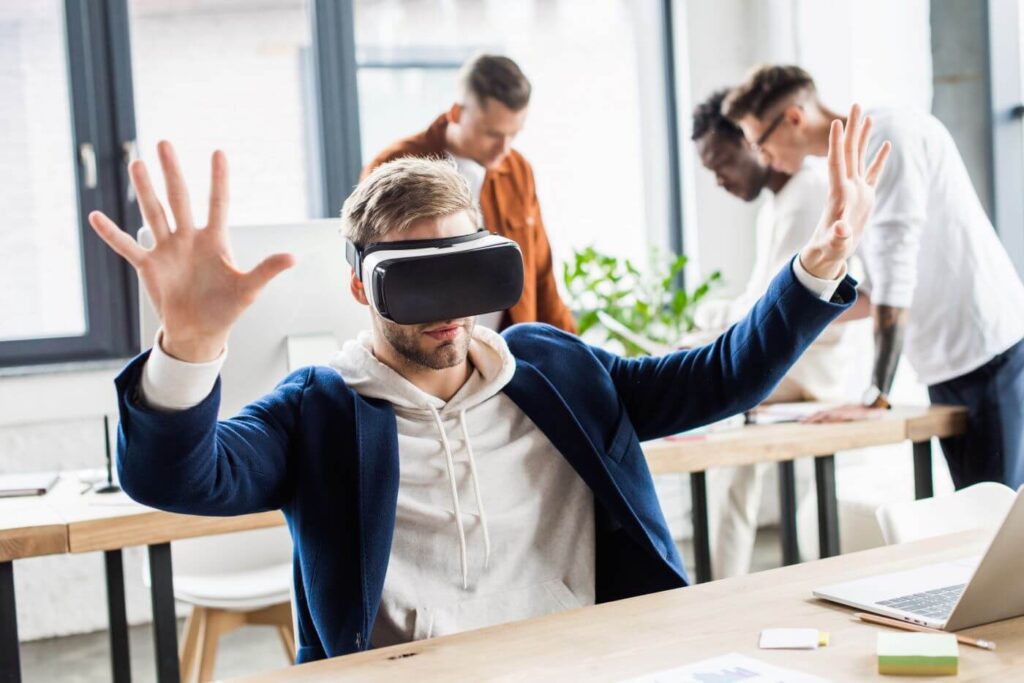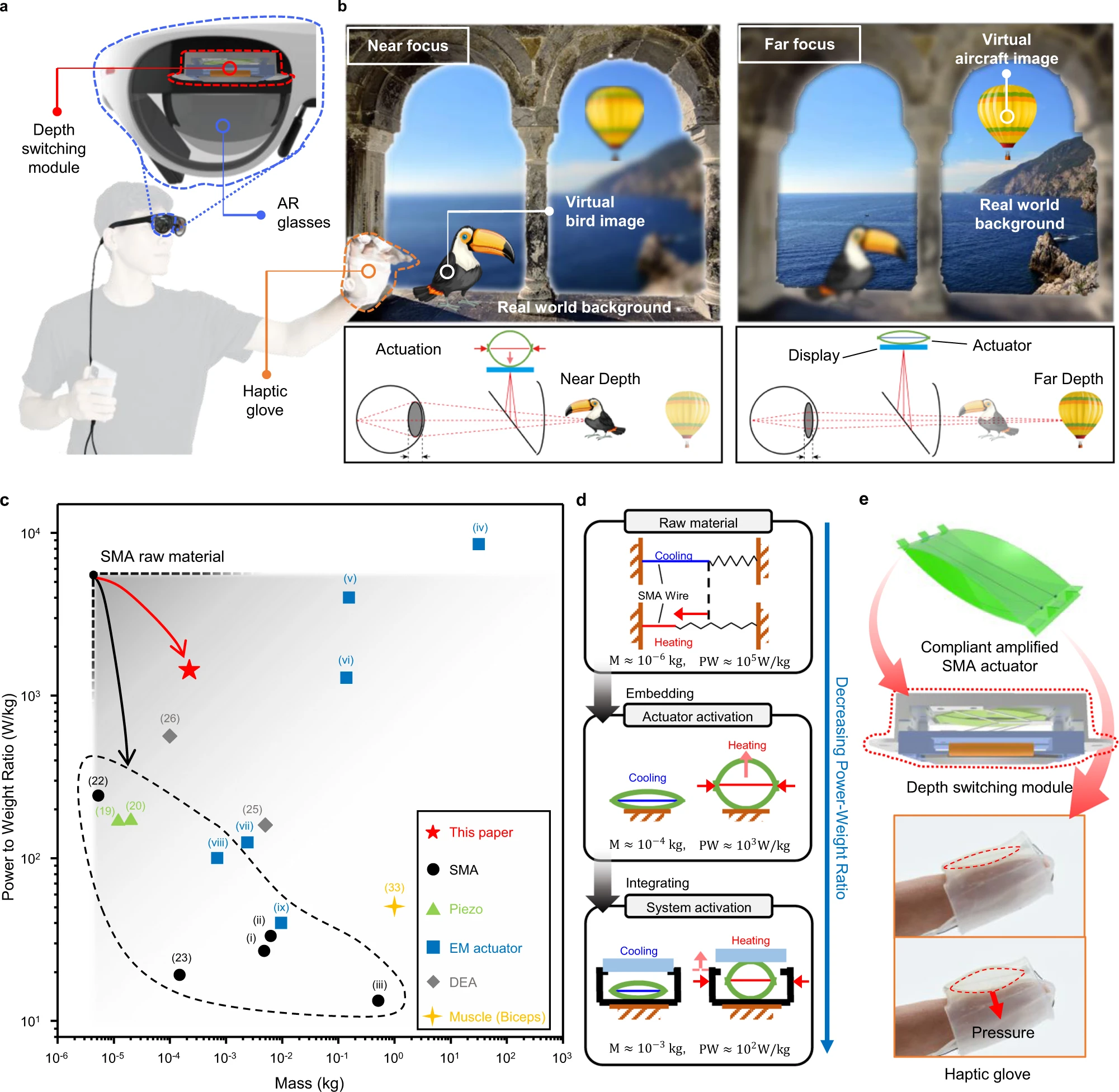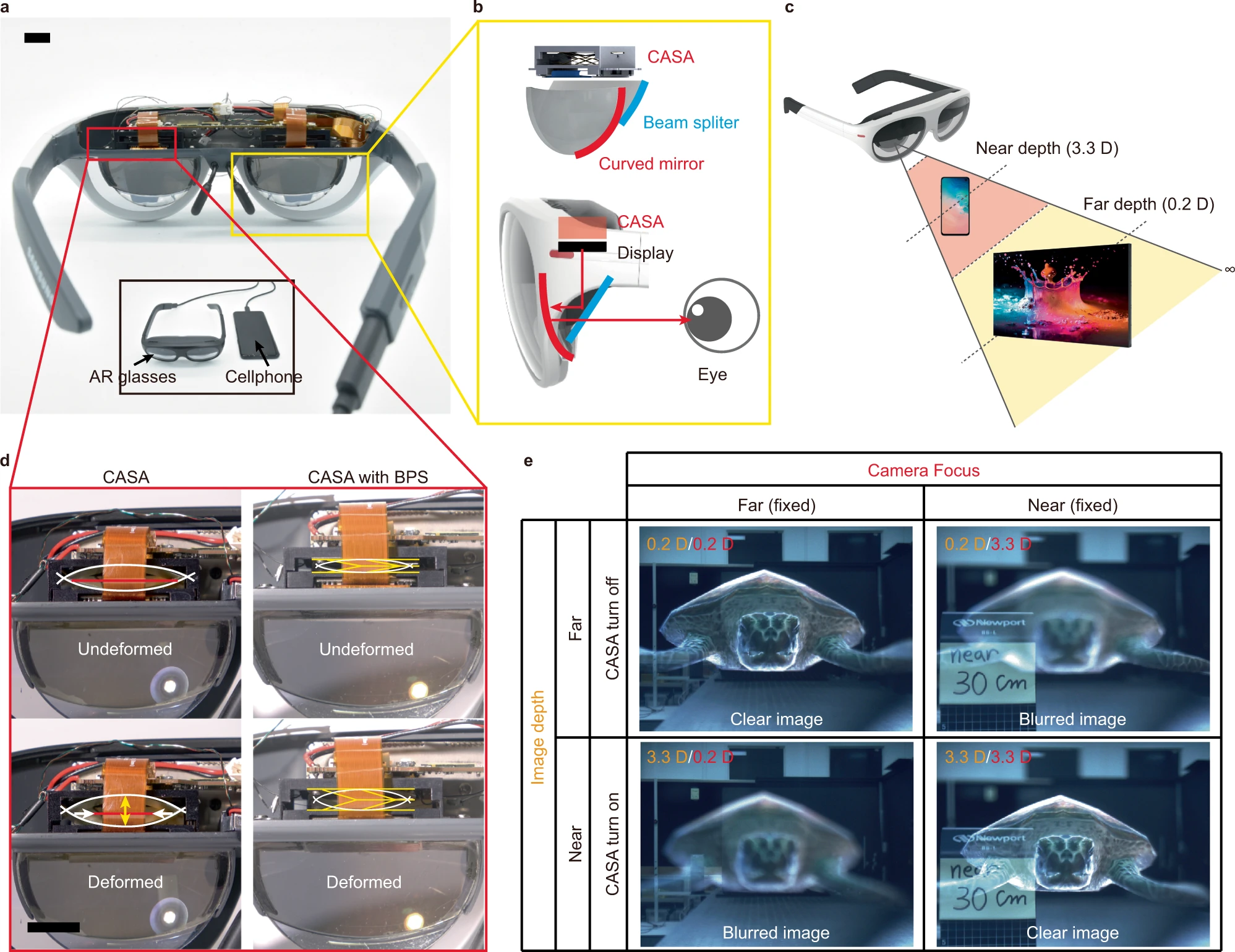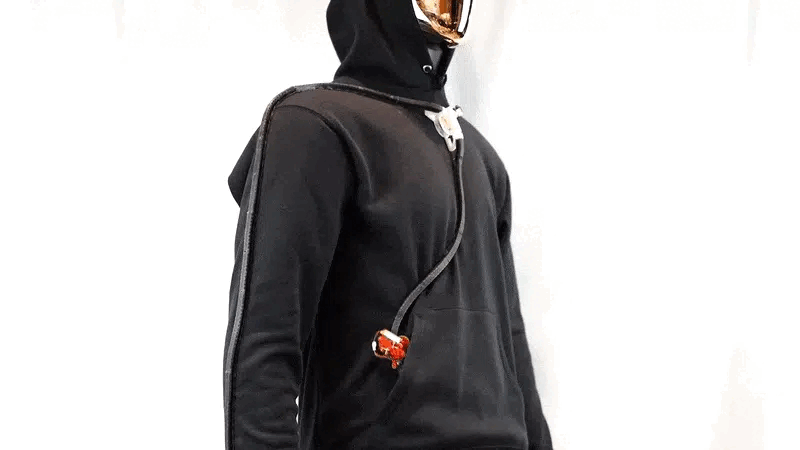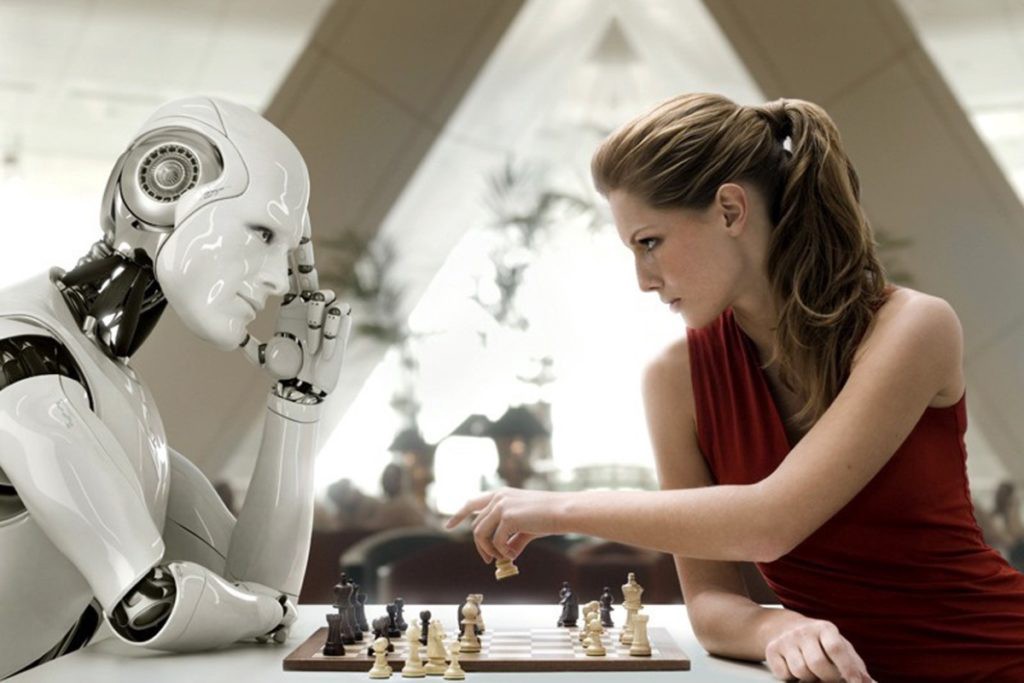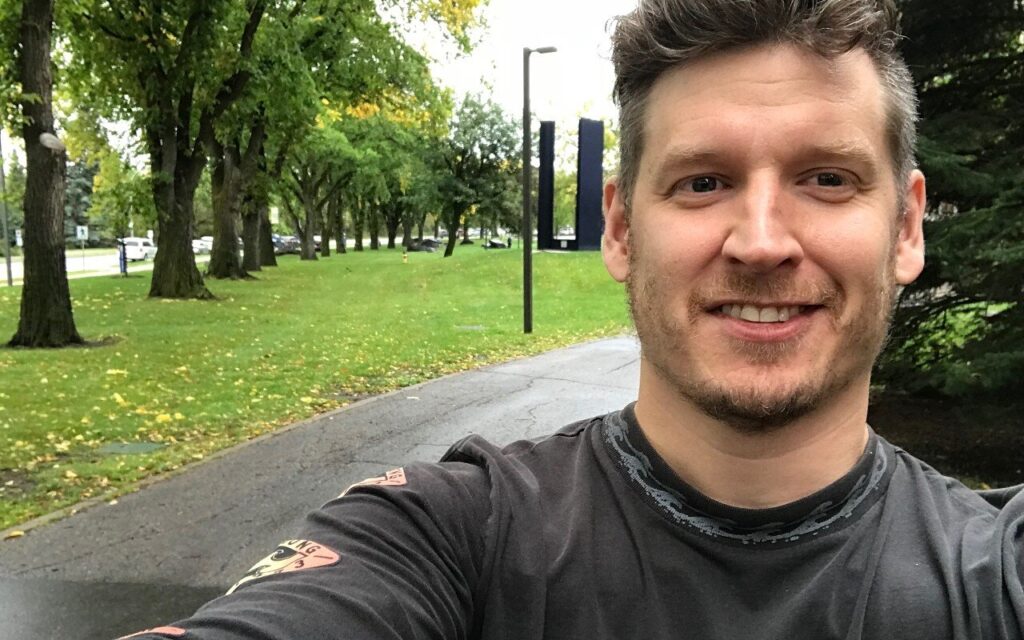The real feat of a great product is enhancing it to be more appealing and compelling, where users get naturally attached to it, not compulsively. Virtual Reality and Augmented Reality are two tech realms often coexisting and enriching the lives of people in education, driving, day-to-day life, and immersive games and so on.
Samsung develops its own VR headsets ‘Gear VR’, partnering with Oculus VR and the firm undergoes R&D for advancing VR and AR tech beyond the possibilities for making it more inclusive. In the aspect, its recent paper revealed that Samsung Electronics works on an ambitious AR/VR project that deploys artificial muscle actuators to enable fast image focus in AR/VR and tactile feedback for VR controllers. Here is what it actually means..
Immersive AR and VR
Virtual reality and augmented reality, inspite of being the talk of the decade, commencing with many gadgets and rolling out new virtual-experiences to people, companies strive to fantasize the tech by conducing it to be more attention-drawing. Lack of variable focus and tactile feedback are two major barriers for VR/AR immersion.
Variable Focus: Normally when we see objects at different distances in the real world, our focus will be blurred apart from that one which we are seeing. For instance, if we see our mobiles, the rest of the vision around the mobile will be slightly blurred, i.e., a clear vision won’t be there. That’s variable focus.
An image rendered inside a VR headset lacks this variable focus, meaning an immersive real-world kind of experience is not achieved.
Tactile feedback: Tactile feedback is concerned with reproducing patterns of pressure on the surface of your skin. These patterns of pressure are picked up by tiny receptors spread throughout the skin, and interpreted by the brain into a rich array of sensations. So, if an insect wanders on your hand in the virtual world, you would feel that in the real world, but no insect in the real world. It’s fun!
Samsung wants to break these two barriers, it aims. But how?
Samsung’s Artificial Muscle Actuators
Engineers of Samsung have created a lightweight, high-power Compliant Amplified SMA Actuator (CASA) using Shape Memory Alloy (SMA). These actuators actually weigh light at 0.22 grams but possess a maximum actuation strain of 300% under 80 grams of external payload, meaning they can lift payloads 800 times (800 * 0.22g = 176g) heavier than their weight in context. That’s how much pressure CASA will be inducing on the users, bringing out the feel.
This CASA enables image depth control and an immersive tactile response in VR glasses and haptic gloves.
The proposed actuators are utilized to perform direct image-depth switching in the AR glasses prototype. Based on the far and near vision of the user, the actuation stroke enables and deforms, and thus variable focus is achieved.
Related Posts
While users wearing this muscle actuators employed in haptic gloves, the actuators would recreate a sense of variable pressure on the wearer’s hands or fingers, when they touch and handle things in virtual world.
Samsung, though promises for immersive VR / AR, the idea sounds so futuristic to prevail in the reality market and there’s no information regarding availability and when Samsung would use this in its Gear VR products.
However, haptic gloves and VR headsets that allow users to feel the sensation happening in the virtual world had already existed, and in fact a user had the feel of kissing sensation in metaverse.
What you think of this? Does really technology has to touch the intimate part of human beings?
Hope you find this page useful.
(For more such interesting informational, technology and innovation stuffs, keep reading The Inner Detail).
